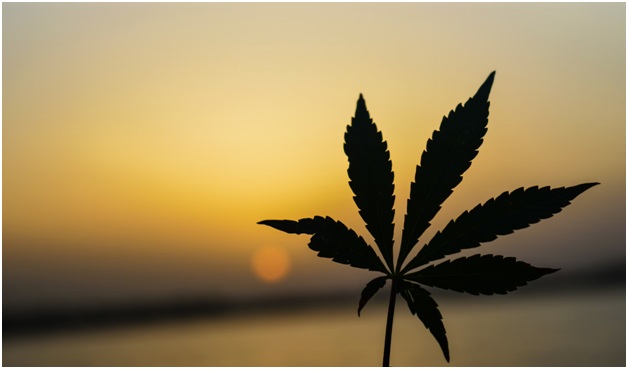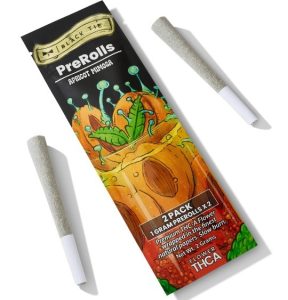Growing Your Own Weed – What You Need to Know

Growing your own marijuana is an engaging hobby that demands dedication, focus, and patience – but for first-time cultivators, it may also seem intimidating!
1. Light
Cannabis plants rely heavily on light for photosynthesis. When grown outdoors, their leaves act like solar panels to soak up sunlight; when grown indoors however, grow lights must provide constant and reliable light levels in order to ensure optimal growing conditions for their plants.
According to this article – light is also key when cultivating cannabis plants. In its vegetative phase, cannabis requires 18-24 hours of light per day for healthy plant development; for flowering stage however, 12 hours of light and 12 hours of dark each day must be met in order to trigger and sustain flowering processes.
Lighting that is too intense will burn the leaves, decreasing terpene and cannabinoid production; too little will result in weak and small buds; in addition, lighting should be strategically positioned to avoid hotspots or uneven growth patterns that deprive plants of vital nutrients.
2. Temperature
Temperature can have a major impact on yields in a grow room. Too low of temperatures may hinder plant growth, allowing white powdery mildew and other fungal issues to take hold, while too high can overstress plants to the point that they cannot uptake nutrients and become susceptible to diseases like spider mites and pests.
Cannabis plants flourish best when placed in an environment ranging from 70-85degF when lit and 58-70degF without lighting; this mimics conditions found in their natural habitat where sunlight, living organisms, dead animals and decomposed organic matter (think soil) all provide plenty of heat sources.
As they expand, flowers require cooler temps for flowering – around 68-75degF during the day and 57-60degF overnight – in order to maintain optimal terpenes and cannabinoid levels that would otherwise be lost through excessive heat.
3. Water
According to this reddit thread – with any plant, water is vital to its survival and cannabis plants are no exception. Their roots use it to transport nutrients up from the roots into their leaves and back down again – thus necessitating an adequate supply for healthy growth. But depending on climate and environmental conditions, proper watering may prove challenging.
No matter if it be indoor or outdoor cultivation, growing cannabis requires access to high quality water sources that contain ample nutrient-dense water sources that is pH balanced for weed cultivation – often hard to come by at home given that most tap water contains high levels of chlorine.
Proper watering requires spraying plants with just the right temperature and pressure of water, without overdoing it or flooding their roots with too much liquid too quickly. Watering too much or too quickly can harm seedlings that are particularly delicate at this stage; for the best results use a gentle spray nozzle with just enough pressure so as not to flood its roots too rapidly with liquid.
4. Nutrients
Mineral nutrients are laboratory-produced inorganic substances designed for use in hydroponic systems and other non-soil growing mediums, like hydroponic systems or containers filled with grow media such as gravel. While more expensive than organic nutrients, mineral nutrients come with various formulas making it easier for growers to find one suitable to their growing medium and phase of development – for instance vegetative growth or flowering stages of development.
When starting out on your weed journey, we advise investing in a complete seed starting kit that contains all of the nutrients your plants require for healthy germination and vegetative stage growth. You can see some yourself here at Green Nexus or some affiliated sites. Such kits may feature both organic and mineral nutrients with optimal levels of NPK for each stage.
Make compost tea to increase nutrient absorption. This process involves steeping compost with aerated water to extract all its microorganisms and soluble nutrients, then applying this tea either directly to roots or as a foliar spray. For the best results, choose only high-quality locally sourced ingredients; tap water can contain harmful pathogens which could inhibit plant growth.
5. Space
Growing your own cannabis is made easy, with plenty of resources and space available for doing it successfully (source: https://fremont.edu/step-by-step-guide-to-growing-cannabis-indoors/). A grow tent, cabinet, closet, or spare room all offer great possibilities; just ensure it can accommodate a full-sized plant without over saturating its roots with air circulation.
Your growing space must also be equipped with all of the appropriate equipment. This should include an adequate lighting system that emits the optimal spectrum for cannabis cultivation, and nutrient-rich water sources to support optimal growth. Specialized fertilizers for cannabis should work just fine; otherwise, a simple mix of nitrogen, phosphorus and potassium will do.
If you want to lower your electricity costs, try switching to LED lights with shorter daylight cycles in the vegetative stage and mimicking sunlight as part of the flowering phase. Once transitioning, switch back to longer day length light schedules – this will give your plants enough time to mature into high-quality cannabis products.



